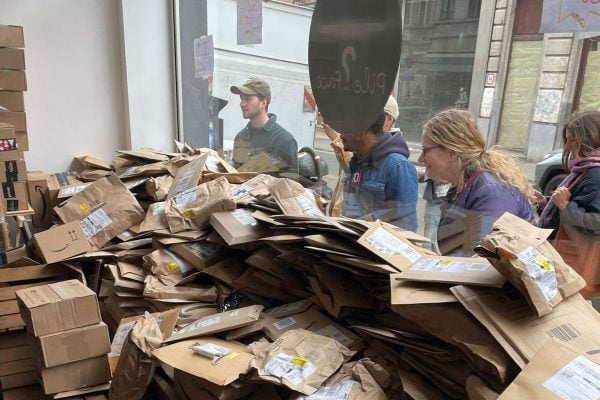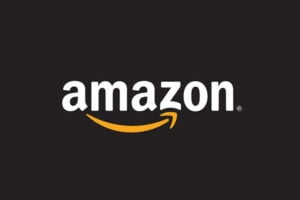Marketplace Pulse have recently released data showing what consumers have been searching for on Amazon during the Coronavirus outbreak. Search trends have been maintained and stock issues from panic buyers as well as FBA limitations have not stopped consumers searching for out of reach items. The barren marketplace clearly highlights the wide gap between supply and demand and perhaps how the current restrictions could harm ecommerce.
Last month most consumers were searching for essential items like toilet paper, face masks, hand sanitizers and thermometers and this demand hasn’t seen a decrease since February. More shoppers are also looking for work tools to aid their new remote work lifestyle including webcams, computer monitors, and keyboards and more consumers are searching for home exercise and entertainment equipment to keep them sane such as resistance bands, dumbbells, and games consoles. Worryingly though most of these in-demand searches returned no items in stock. I can’t help but wonder how sellers and consumers will forgive Amazon, for not supporting them and helping them through their darkest moments.
Amazon has made changes to its operations to address the rapid demand increase of essential items, while other categories like clothing and shoes shrank. The company has prioritized in-demand items when receiving them at its warehouses, as well as increased delivery items for non-essential items. Yet, it hasn’t so far been able to restore the supply of out-of-stock items itself nor has been able to utilize the marketplace for it.
– Juozas Kaziukėnas, Founder, Marketplace Pulse
One has to wonder why Amazon are pushing delivery dates for non-essential items out as far as the end of April to concentrate on shipping essential items when all of the essential items are out of stock.
“Our teams are adjusting, rapidly implementing a dizzying array [of] process and policy changes on a daily, and sometimes hourly basis,”
– Dave Clark, senior vice president of worldwide operations, Amazon
In response Amazon are saying:
“To serve our customers while also helping to ensure the safety of our associates, we’ve changed our logistics, transportation, supply chain, purchasing, and third-party seller processes to prioritize stocking and delivering items that are a higher priority for our customers.”










